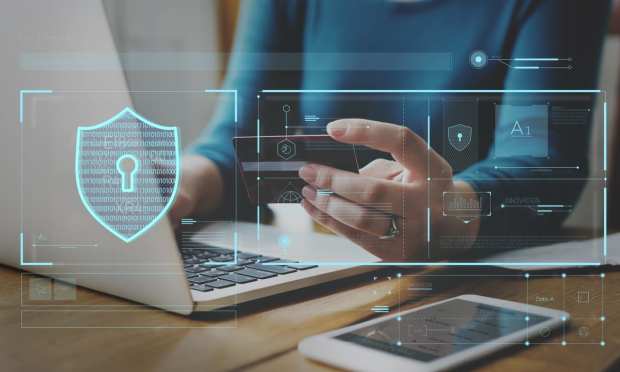Payments CEOs Check In On Digital Identity And The Future It Will Unlock

It is no longer quite accurate to say the digital future is coming, because at this point, ushered in by a global health pandemic that forced the recentering of everyone’s life at once, the digital future has arrived. Partially drive by necessity, partially by choice and here to stay for the foreseeable future.
And payments has quickly become the fuel that “powers” digital transformation, helping give shape to new business models and rise to a new set of demands when it comes to make those transactions seamless and secure.
“Creating these omnichannel experiences will require an understanding of physical and digital identity trust data. Advanced artificial intelligence links these physical and digital data points in real time to deliver accurate identity trust decisions in milliseconds,” Kount CEO Brad Wiskirchen writes in the PYMNTS Connected Economy Power Source report.
In the new report, 34 industry executives talk about how the pandemic has changed their thinking about the connected economy and payments place in helping to meet consumers’ elevated expectations for a unified, at times contactless, commerce experience. And there was no shortage of topics to discuss — crypto and the blockchain, eCommerce, omnicommerce, financial inclusion and the glue that holds all of this innovation together: digital identity. Because as the economy migrates into its digital iteration, being able to easily and accurately authenticate and identify the other side of a transaction is critical in a way it has never been.
And a level of nuance is necessary that the industry has never before needed, said Nicolas Stehle, CEO of Scalefast. “Successful strategies require a custom approach and a delicate balance between approval rates and chargebacks,” he wrote.
Meaning businesses looking to build the next generation of omnichannel experiences for consumers will need to understand both physical and digital identity trust data and have advanced artificial intelligence on hand to link those physical and digital data points in real time to deliver accurate identity trust decisions in milliseconds.
“Armed with this information, businesses can elevate customer experiences, streamline account creation and reduce fraud,” Kount’s Wiskirchen said, noting that fraud and fraudsters are increasingly appearing at all points in the digital customer journey, meaning verification is never going to be a “one and done” task and instead is something that will have to be an ongoing part of the customer transactional journey going forward.
Simon Law, CEO and co-founder of LoginID, said strong authentication and strong identity, the foundation of authenticated payments, are being mandated by more jurisdictions everywhere. That means this isn’t just about what consumers expect but about what regulators will require in terms of standards. But although that can feel like a cost, particularly when it comes to upgrading legacy systems to the new norms, it is actually an opportunity for those that properly seize upon it, he said.
“This will not only enhance the security of payment flows, but will also vastly improve the user experience, leading to a boost in overall buying volumes and improved conversion rates,” Law said.
And while digital identity and its power to prevent fraud is critical, Mastercard Executive Vice President of Identity Solutions Chris Reid said digital identity will also be one of the biggest tools to be leveraged in reducing economic and social divides and driving greater inclusion.
“The technology to prove a user’s identity shouldn’t be an obstacle to accessing digital and online services. Instead, it should work to support the user, verifying who they are while providing a seamless experience,” Reid said. “Technologies such as NuData’s behavioral biometrics, which look at the inherent behavior of a user without disrupting them, are helping companies in this quest for better online user verification while protecting accounts from impersonators.”
Untapping this power, he noted, can never be the work of one firm and will take coordinated efforts across private sector and government partners to drive change.
“Payments and security technologies are the glue that connects businesses across sectors and ecosystems, and they can be a major driver of inclusivity in commerce,” he said. “But we must build trust in the technological innovation required for this continued economic and social progress.”
